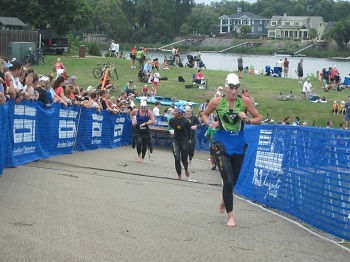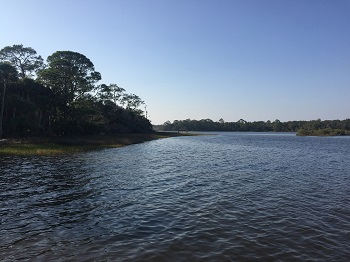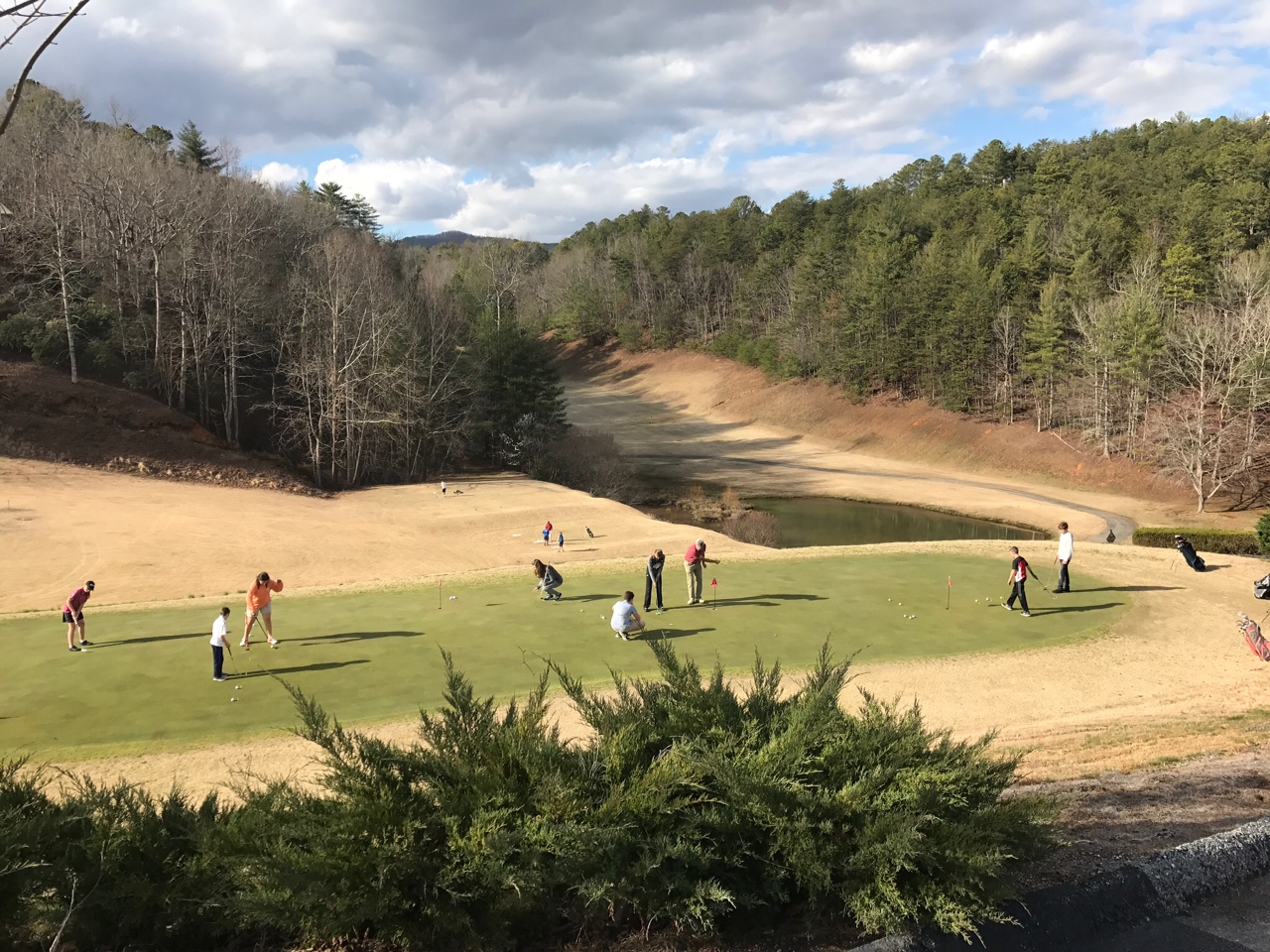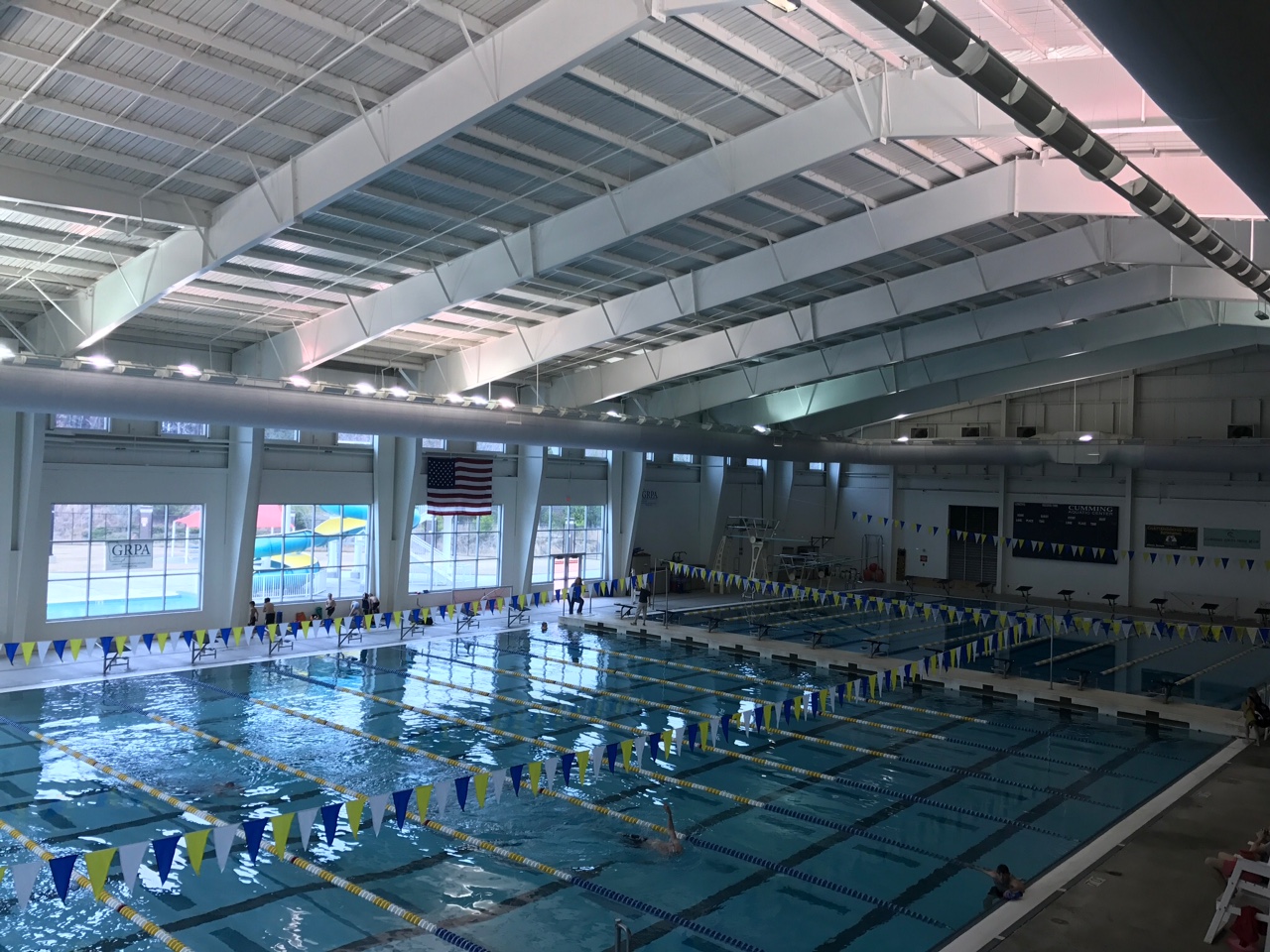-
- tel 205.453.4544
Blogs
For as long as there has been free space, there has been a venue for sports. Through the ages, promoters and gamesmen knew that to hold a competition, one need only have competitors. The same holds true now more than ever. The rules for what constitutes a field-of-play are still not bound by tradition, and communities that grasp the concept have been able to convert their creativity to cash.
 Baseball complexes, basketball courts, and soccer fields are excellent amenities to have, but it’s not a deal breaker if you have something else to offer. There has been a sweep across the country for communities to develop greenspace, add mixed-use trails, and expand parks. These efforts increase the quality of life for residents. They also present great opportunities for sports tourism. Just think, what may serve as a bike path one day could be a half marathon course the next. While some communities may believe they don’t have a lot to offer in the way of hosting sports competitions via traditional venues, a second look around town may yield some nice surprises.
Baseball complexes, basketball courts, and soccer fields are excellent amenities to have, but it’s not a deal breaker if you have something else to offer. There has been a sweep across the country for communities to develop greenspace, add mixed-use trails, and expand parks. These efforts increase the quality of life for residents. They also present great opportunities for sports tourism. Just think, what may serve as a bike path one day could be a half marathon course the next. While some communities may believe they don’t have a lot to offer in the way of hosting sports competitions via traditional venues, a second look around town may yield some nice surprises.
Several years ago, while I was doing event development for the Augusta (GA) Sports Council, we brought Bill Burke, owner of Premier Event Management, to town. We wanted to launch a half marathon and Bill had put on many high-profile events. We knew he could put on a great production, so we were excited about meeting him. On the morning of our introduction he asked us what we thought about doing a Half Ironman. This was before we even had a chance to begin talking about the road race. He had noticed the Savannah River behind the hotel where he was staying and started doing some research on Google Earth. His quick investigation led him to the conclusion that we had a potential 70.3 course. Honestly, we had never thought about putting swimmers in the river, but were glad he had given it some thought. Since 2009 over 3,300 athletes have annually made the swim down the Savannah River to start IRONMAN 70.3  Augusta. The cumulative economic impact of the Half Ironman is approaching $40 million. Like watching 3,300 multi-colored swim caps bobbing up and down the Savannah River, that’s something we never could have imagined. We are certainly grateful that Mr. Burke did.
Augusta. The cumulative economic impact of the Half Ironman is approaching $40 million. Like watching 3,300 multi-colored swim caps bobbing up and down the Savannah River, that’s something we never could have imagined. We are certainly grateful that Mr. Burke did.
In northeast Florida, my friend Matt Dunn oversees tourism for Palm Coast and the Flagler Beaches. As executive director of Visit Flagler, he is tasked with maximizing tourism opportunities for his community. With miles of unspoiled beaches and a rich abundance of natural resources, Matt hasn’t been kicking back and letting the landscape sell itself. Ever mindful of new opportunities to attract visitors, he has been eyeing two community landmarks as potential fields-of-play. Princess Place Preserve and the Florida Agricultural Museum, two popular Palm Coast recreation destinations situated along Pelicer Creek, are being considered as potential sports venues. The natural landscape, trails, water access, and infrastructure between the two venues make the locations prime for adventure races, trail runs, cyclocross, and other outdoors sports.
Flagler County has an advantage as it owns Princess Place Preserve and the Florida Agricultural Museum. With connectivity between the two venues, as well as being completely self-contained, Mr. Dunn is quick to point out that the arrangement is a benefit to event rightsholders. “The backdrop for the facilities is stunning,” he says. “With the expansive footprint being completely self-contained, events here don’t require as much law enforcement or other resources that can raise event costs significantly. We think this will be a great enticement for attracting event owners.” Being able to contain events within the perimeter of the parks also lessens the impact on the greater community. “Customer service for us extends from the event owners to the community. By keeping costs down, and the greater community happy, we all win.”
There are no rules about what constitutes a sports venue, only the parameters required for the competition. Of course, as long there are sports complexes, there will always be a location for a tournament or game. But communities that don’t have an overabundance of sports infrastructure should not fret. If a town has a body of water, a forest, or even a cow pasture (I’m not kidding), there will always be a spot for a race or some other type of event. This really is a time of fantastic opportunity for the sports tourism industry. Locations that are willing to expand their thinking about where they have events will reap the benefits. Towns that are slow to catch on may want to take notes or they will risk being left behind.
Last week I returned to the NASC Symposium following a two-year absence due to date conflicts with the little golf tournament we have every year in Augusta, you know, The Masters. It was a great opportunity to catch-up with old friends and meet new ones as Due North Sports Partners made our debut at the 25th annual symposium.
In keeping with such a momentous milestone, there was no shortage of significant moments during the annual sports tourism rite. During the event, the National Association of Sports Commissions bid a fond farewell to the first and only leader the organization has ever known, Don Schumacher, who served as president and CEO for 23 years. Stepping into these rather large shoes is Mr. Alan Kidd, former president of the San Diego Sports Commission, who was hired in late-2016 to take over for the retiring Mr. Schumacher. I’m proud to say I developed a nice friendship with Don through my association with NASC and wish him well in his “retirement.”
Over 900 members and event owners attended the conference, which was held in Sacramento, California. This was my first visit to the California capital, and it most certainly won’t be my last. Our local hosts did a fantastic job with the event set against one of the prettiest backdrops I’ve ever experienced. Sacramento is a beautiful town and the weather couldn’t have been nicer.
The inaugural NASC Hall of Fame class was inducted during the Symposium. The class included:
- Hill Carrow
- Kevin Gray (RIP)
- Jack Hughes (RIP)
- Diane McGraw
- Tim Schneider
- Don Schumacher
Sports tourism is an annual $10.47 billion industry driven in large part by the individuals in attendance in Sacramento. It’s a very significant amount in that it has grown exponentially through the years and because just 25 years ago this data wasn’t tracked as it is now. With the launch of Due North Sports Partners, we hope to help communities across the country realize the potential of sports tourism as a major economic driver. In collaboration with organizations like the National Organization of Sports Commissions and others, we feel we will play a major role in seeing that $10 billion number rise.
In 2018 the NASC Symposium will be held in the beautiful city of Minneapolis, Minnesota. I’m particularly excited about this as I graduated from high school in Eden Prairie, a suburb of Minneapolis. As we move on from Sacramento, I’d like to say farewell to Don Schumacher as he moves on to his next venture; welcome to Alan Kidd as he assumes the mantle at the NASC; congratulations to the Hall of Fame inductees; thank you to our fantastic Sacramento hosts; and well done to all of the sports commissions, CVB’s, DMO’s, and event owners responsible for putting billions of dollars back into our nation’s economy.
Relationships are the key to life and business. It is support. It is advice. It is camaraderie. We need relationships to nourish our soul and keep us inspired. With that in mind, it made absolute sense to begin the road trip with a visit to the Southeast Tourism Society in Roswell, Georgia. My introduction to the organization was through STS Marketing College (which I hope to finally complete this year!) and has grown into valued friendships and great admiration for these tourism super-advocates.
Tourism is embedded in the DNA of STS President and CEO Bill Hardman, who is celebrating his 20th year at the helm of the organization founded by his father, the late legendary Mr. Bill Thompson Hardman. The passion carried through Bill, Suzanne “Mama” Moon, Wendy Thomas, and Nadia Merrit, the day we got to visit.
It was great to hear their enthusiasm about Due North Sports Partners and our desire to work with smaller communities to help them build up their sports opportunities. The door has been opened for future collaborative efforts that will only serve to enhance the Southeast's reputation as a generous and accommodating host. It is a partnership we at Due North Sports Partners look forward to and welcome.
For a sports geek, there’s no shortage of nice “stuff” in Georgia. If ever there was a more fertile time for the state to capitalize on sports tourism, this is it. And with an abundance of great facilities across the state, right holders and event owners not only have their choice of premium venues, they can also decide whether they want the mountains, the ocean, the City, whatever, as their backdrop. That’s a convenience and a selling point for the state.
Over three-and-a-half days in February, I toured a handful of communities across Georgia visiting old friends and making new ones. From Cobb County to Rabun County, I toured facilities that have hosted the premiere events of their discipline and also venues that didn’t even know they were venues yet. Sports are no longer bound to the traditional fields-of-play and everything should be up for consideration.
From community to community, the excitement was palatable. I accept my biases when it comes to my tour guides, but hearing the plans and seeing the great facilities we have across North Georgia was inspiring. It also didn’t hurt to see so many willing to expand their creativity and go big when it comes to cool events.
Sports tourism as economic development is the new paradigm. You see it manifest itself in a planned sports destination community like Lakepoint in Emerson, the development of new facilities in White County Helen, Georgia, or the level of events hosted in Cobb County and Cumming. These few communities I visited are just a small fraction of what the greater state of Georgia features.
Because of my relationships with sports tourism professionals statewide, I can tell you what we are seeing in North Georgia is happening all over the state. It’s doing wonders for local economies and, collectively, leaving a major impact on the state. It is also leaving a significant impact across our country. As more communities embrace sports tourism as economic development, the benefits are great. And from our vantage point, communities willing to capitalize on it are doing the reaping.



